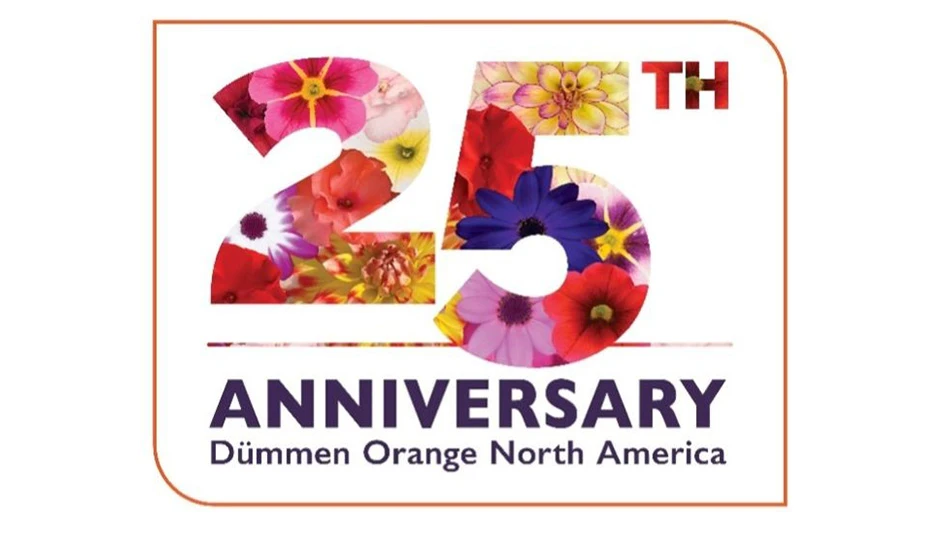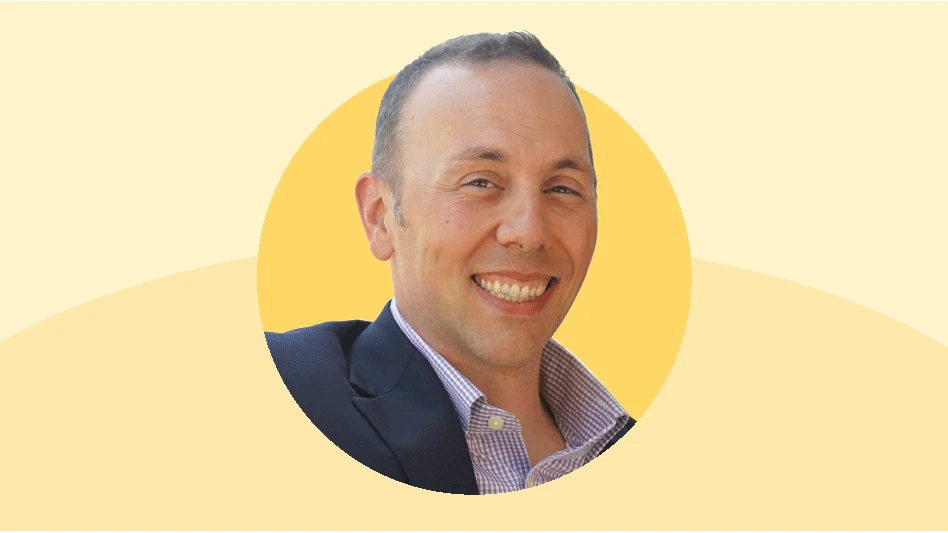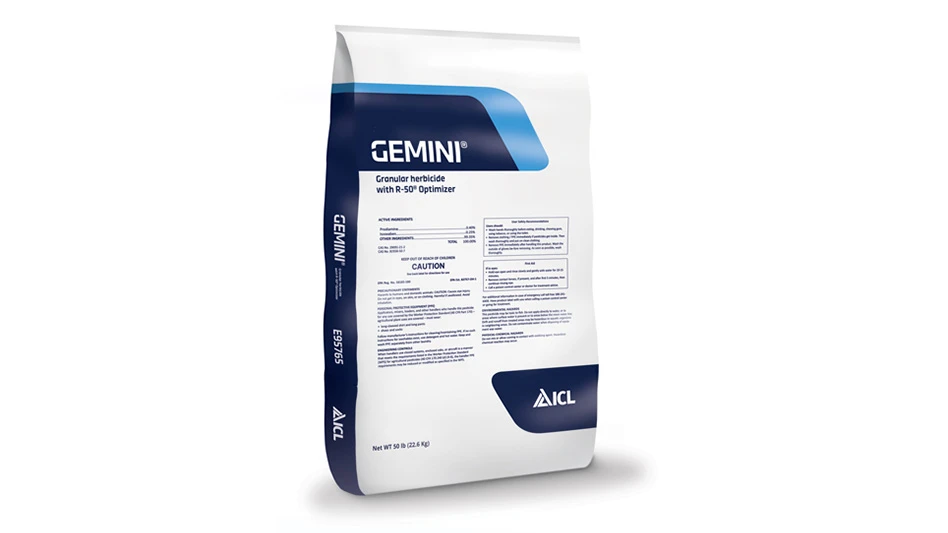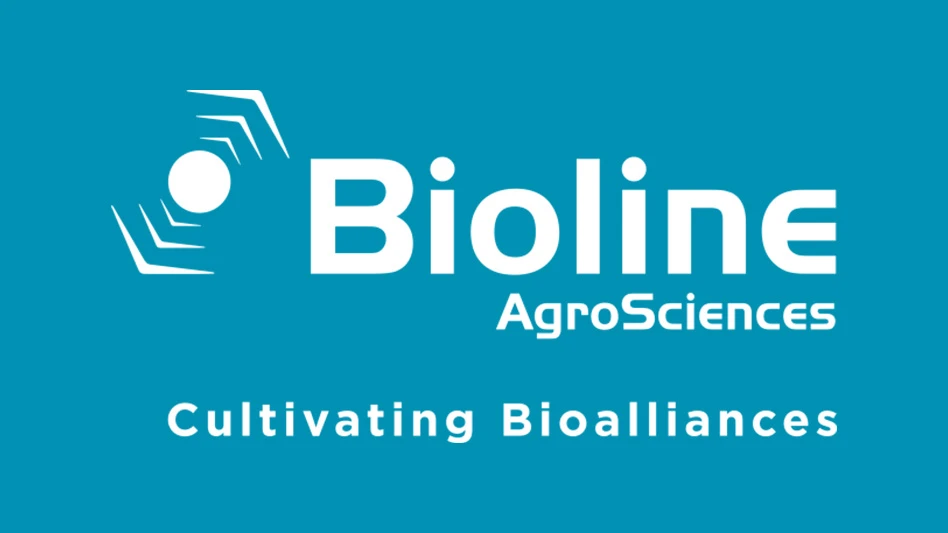

Brothers Bennett, Jim, Robert and Tom Saunders operate the company that carries the family name. But when it comes to the multitude of people they consider family, that tree bears a few hundred branches.
Their father Paul first inspired them to treat employees like family.
“He wanted to establish a family culture in the business, and that’s carried through into our generation,” says Jim, the nursery’s human resources manager. “I hope it continues into the generation after us.”
Paul led by example. He cared deeply for the business, but more so enjoyed establishing relationships with the staff.
“He was so passionate about the business — the plants and especially the people,” Jim adds. “We’ve been very fortunate to attract great people who share in that culture and want to be a part of it.”
Nestled in the hills of Piney River, Virginia, Saunders Brothers Inc. is a fourth-generation nursery, orchard and farm market. In its nursery division, the company grows some 1,100 plant varieties on more than 250 combined acres of container and field production. Saunders Brothers specializes in boxwood, a crop that signifies exceptional economic importance and is purported to be the No. 1 selling evergreen shrub in the United States, according to USDA research.
Although the origins of producing boxwood started with their father when he was a boy in 4-H, the success the nursery has attained with this prevalent and popular plant rests in large part on the shoulders of the aforementioned extended family, which currently totals 150 full-time employees.
“Dad always taught us, ‘Take care of your people like you would your own family,’” says Robert, the nursery’s general manager. “We could not exist if it wasn’t for these 150 people who bust their tails for us each and every day. Our family is huge, and it goes beyond the Saunders name.”
 Saunders Brothers Inc.created an apprenticeship program to help train future leaders.
Saunders Brothers Inc.created an apprenticeship program to help train future leaders.Their mom, Tatum, regarded that same belief system and was like a mother to so many who worked for the nursery and the orchard.
“Mom helped create that family culture in the company, too. She fed meals to so many people over the years. She helped guys get their U.S. citizenship and helped them get their papers in order,” explains Tom, who manages the container operation. “They both taught us that employees are family, and to be close to them is something special.”
“Family for them is not just those with the Saunders name. It’s a delightful family experience,” Paul Westervelt says, who is the annual and perennial production manager and director of new plant R&D. “They celebrate the company talent no matter who you are, and they don’t try to hide it.”
Paul, who has been with Saunders for 17 years, also appreciates how the brothers lead by example.
“They are 100% above board all the time,” he says.“From a labor, environmental, safety standpoint — anything. They are never going to ask you to do anything shady.”
In one example of walking the walk/talking the talk, Paul recalls a time when one of their employees was not at his son’s soccer game, so Robert drove him to the field.
“There are so many stories … They bought one employee the dentistry he needed, and they helped replace an appliance for someone. When Shreckhise Nursery suffered damage from a hailstorm, they helped with cleanup and some of the needs of their neighbor. It all goes back to being a part of the extended family.”
They buy into the rising tide lifts all boats concept, says Holly Scoggins, the program manager for NewGen boxwood. And they’ve brought Holly into their extended fold.
“I’ve known them for years starting when I worked for Virginia Tech and they were very generous with plant and time donations. Now that I work here, I really feel like part of the family, something that makes me feel so good since my dad is in Georgia,” she says.
A father’s legacy
Paul stayed active in the business until he suffered a stroke in 2021. But that didn’t keep him from nurturing those “family” relationships.

“We’d still ride around the nursery with him, and we’d stop at the shop and let him visit with everyone working in there,” Jim fondly recalls. “And his mind was still involved in the business, even if his body wasn’t. He’d remind us, ‘Don’t chase a nickel with a dollar.’”
Jim continues to foster those relationship- building lessons from his dad and makes connections with crew members.
“Once a day, I try to get in my truck and ride around the nursery and the orchard so I can maintain a relationship with the employees,” Jim says. “I want them to be able to talk to me about anything. I want to be approachable, and the best way to accomplish that is to be out on the property and let them know I’m available.”
Paul shared his enthusiasm and passion for people and plants throughout his life, something he instilled in Bennett, the general manager of Saunders Genetics.
“Dad was certainly one of my mentors. He was a dreamer and a visionary, and he was always a good cheerleader,” Bennett explains. “He was always enthusiastic and passionate. One of our company’s core values is passion, and he certainly had that. Passion is a necessary part of success in any endeavor — you’ve got to want it. We certainly have enthusiasm and passion for what we do here.”
Paul died in March 2022, but his valuable life and business lessons prevail.
“He wanted us to be a business of integrity and honesty. And he wanted us to be enthusiastic about our work and be passionate about what we’re doing,” Jim says.
That lines up seamlessly with the company’s core values: faith, integrity, passion and family.
“I learned the value of honesty from dad — honesty and integrity in everything you do,” Robert says. “He also taught me to face problems as I see them and don’t let them hang around. He used to say, ‘If something’s not right, talk about it and get it straight.’”

Paul taught all his children the value of work and a job done to the best of their ability.
“We didn’t grow up watching cartoons on Saturday morning,” Tom recalls, “we worked.”
Grooming the next generation
While the brothers aren’t quite ready to completely retire from the company, they must find a way to recruit and retain the next generation of leaders. This year, Saunders Brothers introduced a 40-week apprenticeship program designed for participants “to get a BS in Saunders Brothers,” quips Robert.
His oldest son Price, who worked outside of the family business for several years, is the first participant. Aside from Price, several members of the fourth generation work for the family business. Company policy states that family members can’t come back and work at the farm (as adults) until they spend at least three years working for someone else.
So far Price has spent time in the HR department, about a month in the field operations and time on the shipping dock. Next, he’ll go on the road with sales, accompany delivery drivers on their routes and spend time in retail.

“It’s total immersion in every phase of the company so he’ll have a better idea of who we are and what we are,” Robert explains. “That program is built on the ‘why’ and Price is asking a lot of questions.”
The company is growing quickly and there’s a need for continuity between departments and the brothers believe this program will help, Robert says.
“We’re working to create a new generation of leadership in our company, which is our biggest need right now,” Bennett says. “The four of us are still around and working and committed, but we want to attract more people and mentor them while we’re still able.”
They expect to be able to place people who complete the apprenticeship program in middle management positions.
“Through this program, we can show the depth, width and breadth of all aspects of the business,” Jim says. “And as they progress through the program, we will see where they fit in the business long term. It’s a good way of shoring up our future.” A second person has recently started the program, too. And several of Saunders Brothers’ current employees have expressed interest in the program.
“We need to find good people and identify good pegs and find where that peg fits into the system,” Robert says. “It’s like a 40-week interview and all the department heads are watching.”
Participants are required to submit a report every Thursday night and answer a set of questions, talk about their experiences and rate the department.
So far, the team is “thrilled” with the program, Robert adds.
They’re confident the apprenticeship program will help communicate the many opportunities within the company to the younger generation. It doesn’t come without a cost.

“If a process or department uses five people, we’ll have six on it including the apprentice.”Robert adds. “But the return in the long term is going to be huge.”
Boxwood victories
Boxwood production has been a part of Saunders Brothers Inc. for around 75 years and the family has been on the cutting edge of market advances for decades. In the ‘70s and ‘80s, Paul began a quest to find plants that were resistant to boxwood decline, a disorder that was devastating to English boxwood. By the ‘90s he’d set up testing sites and was collecting data. While he was looking for cultivars that may be resistant to boxwood decline, he discovered plants with traits such as boxwood leafminer resistance, cold hardiness and aesthetic features.
“By the late ‘90s, dad had collected enough data to publish a national boxwood trials report and had built up a significant amount of germplasm,” Bennett says.
This germplasm collection was significant and advantageous when boxwood blight hit the market in 2011.
“We started testing for boxwood blight, which formed the pillars of our genetics work,” Bennett says. “We were also screening for blight and leafminer resistance, as well as grower and landscape friendliness and, of course, the ‘wow’ factor.”
For eight years, they tested more than 150 cultivars with the help of former NC State University researcher Kelly Ivors. In 2018 they created Saunders Genetics and launched the NewGen brand of boxwood, designed to provide the market with plants that are resistant to boxwood blight and other diseases, as well as leafminer resistance.

“And we’ve only seen the tip of the iceberg in terms of cultivars,” Bennett says. “No real work had been done on boxwood breeding in the U.S. since the Sheridan cultivars in the ‘60s. Other companies avoided boxwood because it’s such a long game with a slow-growing plant.”
It’s been a game changer in the market for this economically valuable plant, Holly says.
“When boxwood blight was spreading throughout the Southeast and Mid-Atlantic, they got in front of it on several levels, not just for their nursery but all nurseries and other green industry companies,” she says. “They’re considered leaders in that field.”
NewGen helped put some stability back in the marketplace, especially along the eastern seaboard, says Tom Demaline, owner of Willoway Nurseries in Avon, Ohio.
“It reinvigorated the marketplace,” he says.
Willoway is one of the founding companies in SynRG, the organization behind the Handpicked for You program. Willoway asked Saunders to join SynRG because “their core values aligned with ours, Tom says.
“Their approach to business helps balance out the SynRG group. They ask questions and don’t have knee-jerk reactions,” he adds.
Saunders Genetics is also working with a breeder in Wisconsin to identify cold-hardy boxwood. They currently have thousands of plants in testing.
“It will revolutionize the boxwood just as brands have done for hydrangeas, for example,” Bennett says. “Hopefully we’re about three or four years from releasing some cold-hardy selections.”
Besides beautifying the planet, Saunders is committed to protecting it.
“One of the greatest things we’ve done is work with the University of Florida to help develop a method for irrigating based on the evapotranspiration (ET) rate of plants,” Tom explains.
The system bases water application on daily environmental factors including temperature, solar radiation and rainfall. It also considers the size of the plants.

“It has cut our water usage by 69% or more in some plants,” he says.
In turn it’s also helped the nursery reduce its fertilizer and pesticide use, he adds.
“Whether it’s water conservation, monitoring runoff or recycling plastic, we believe in leaving a place better than how we found it,” he says.

Explore the July 2022 Issue
Check out more from this issue and find your next story to read.
Latest from Nursery Management
- March 2025 issue recap
- Gratitude as a marketing strategy
- Leading Women of Horticulture: Katie Dubow, Garden Media Group, and Aubry Field, Lizzy Blossom
- Leading Women of Horticulture: Arden Pontasch, North Creek Nurseries
- Super Charged Moon Juice from Moon Valley Nurseries now available nationally
- 2025 Proven Winners Horticulture Scholarship applications now open
- Leading Women of Horticulture: Anna Ball, Ball Hort, and Terri McEnaney, Bailey Nurseries
- Leading Women of Horticulture: Crystal Cady and Elizabeth Brentano






